Climate
MAIZE has invested in science that equips maize farmers for more extreme and erratic weather, as well as threats from climate-driven pest and disease spread. This work includes breeding climate-resilient and pest- and disease-tolerant maize varieties, and spearheading global rapid-response efforts to threats like fall armyworm and maize lethal necrosis disease.
